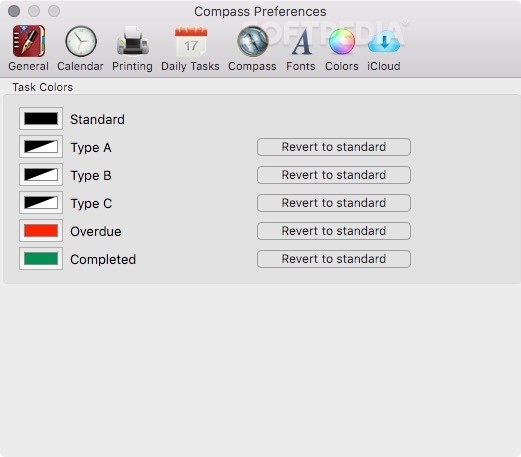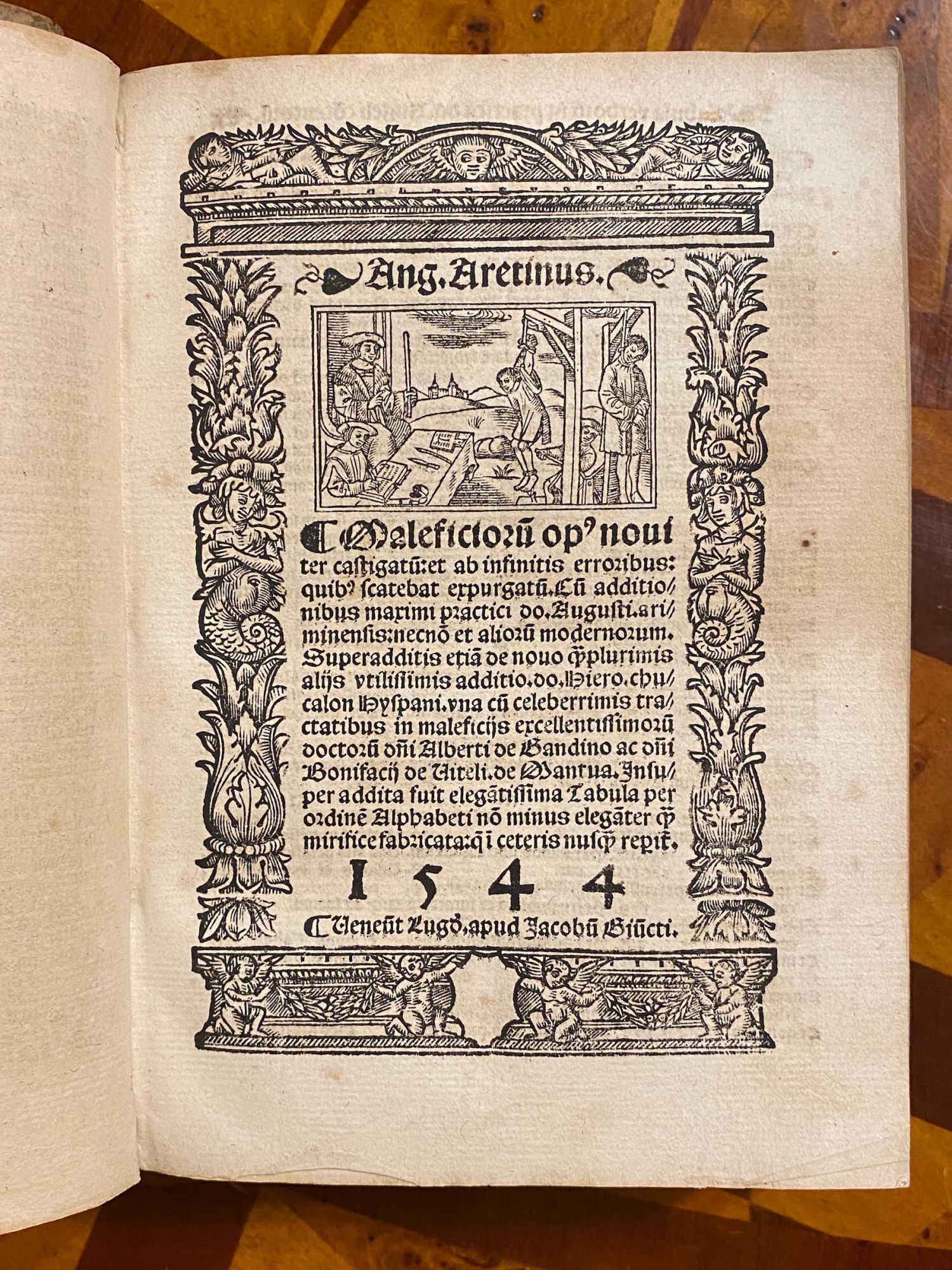

When hobbyists find medieval coins in counties such as Østfold, Vestfold, Agder and Oslo, 80-90 per cent of what they report to authorities are foreign coins, mostly English coins of little value.Ī medieval English penny is typically worth around NOK 500, or about EUR 50.Ī Norwegian coin from the Middle Ages can bring prices from NOK 10,000 and up to NOK 50,000, or EUR 1000 to 5000, says Gullbekk. Gullbekk says this makes him feel like he has to ask a cheeky question. “Is it possible that if a hobbyist finds an English coin, he hands it in, but if he finds a more valuable Norwegian coin from the Middle Ages, he keeps it for himself?” he asks. When Gullbekk and his research colleagues compared findings from different parts of Norway, they discovered a very surprising pattern. It turns out that in counties like Troms, Nordland and Oppland, metal detector hobbyists often report Norwegian medieval coins. The proportion is almost as great as what archaeologists themselves find when they search with metal detectors or use other techniques to dig up medieval treasures. “Metal detector hobbyists in Troms alone have found more valuable Norwegian coins from the Middle Ages than found by people with detectors in the counties Østfold, Vestfold, Hedmark, Agder and Oslo - combined!” he says. Gullbekk notes that Troms and Nordland were not exactly a hotbed for producing Norwegian medieval coins. These coins were mostly made at mints in Oslo, Trondheim and Bergen. So only hobbyists from three counties -Troms, Nordland and Oppland - find the same proportion of Norwegian to foreign coins as archaeologists. “In other parts of the country, discoveries by hobbyists made in recent years are quite different from the findings archaeologists have made during 150 years of work,” Gullbekk says. “One possibility is that we are facing something that, from a historical perspective, is very interesting- and that means the history of Norwegian coin use in the Middle Ages must be rewritten,” he says.

King Eirik Magnusson (1280-1299) designed the Norwegian national coat of arms as we know it today. In keeping with the ideals of the time, the choice fell on something as unoriginal as a lion. King Eirik then put an axe between its paws and a crown on its head. In a strict sense, the term Rayleigh fractionation should refer only to open systems, where the removed isotopic species are in the thermodynamic and isotopic equilibrium with those remaining in the system, the reactant reservoir is infinite and well mixed, and it did not re-react with the extract. However, the term is commonly used also to describe finite, closed reservoirs and kinetic fractionations as well, because the situations may be computationally identical ( Kendall and Caldwell, 1998). The Rayleigh equation can be employed for the investigation of a plethora of geological processes, where fluid and mineral phases are separated by fractionation, crystallization, evaporation, or condensation. The isotope enrichment achieved can be very different in closed versus open systems. For example, Figure 1 shows the changes in the δ 18O of water and vapor during both open-system (solid lines) and closed-system (dashed lines) evaporation with a constant fractionation factor α l− v=1.010 (i.e., the newly formed vapor is always 10‰ lower than the residual water). During open-system evaporation where the vapor is continuously removed (i.e., isolated from the water), as evaporation progresses (i.e., f → 0), the δ 18O of the remaining water (solid line A) becomes higher.

The δ 18O of the instantaneously formed vapor (solid line B) describes a curve parallel to that of the remaining water, but lower than it (for all values of f) by the precise amount dictated by the fractionation factor for ambient temperature, in this case by 10‰. For higher temperatures, the α value would be smaller and the curves closer together.

The integrated curve, giving the isotopic composition of the accumulated vapor thus removed, is shown as solid line C. Mass-balance considerations require that the isotope content of the total accumulated vapor approaches the initial water δ 18O value as f → 0. Hence, any process that can be modeled as a Rayleigh fractionation will not exhibit fractionation between the product and source if the process proceeds to completion (with 100% yield). This is a rare occurrence in nature since hydrologic systems are neither commonly completely open nor completely closed systems.įigure 1.


 0 kommentar(er)
0 kommentar(er)
